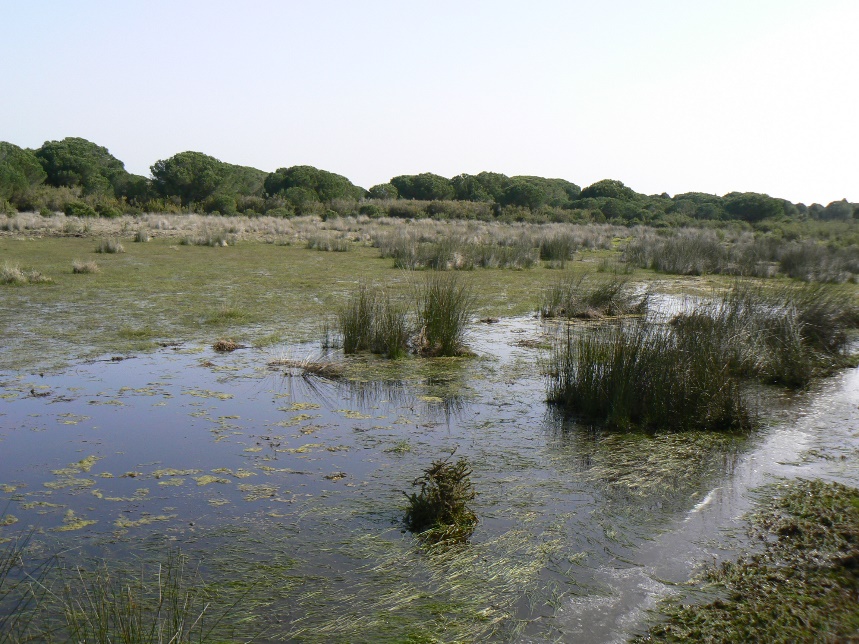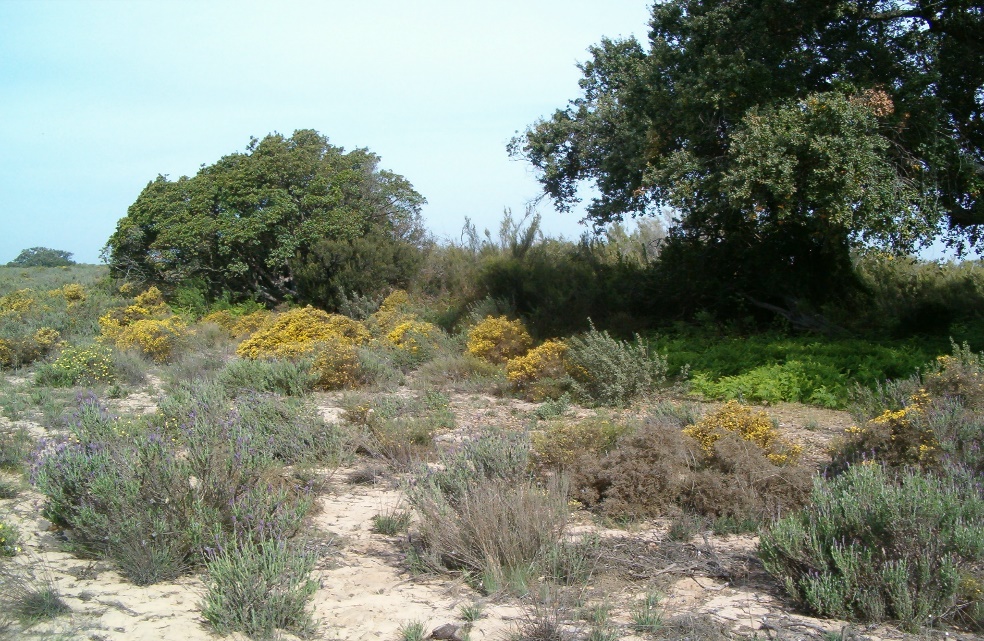The Soils of the Doñana National Park
The Doñana National Park is situated at the Atlantic coast of SW Spain and represents the most important wetland of Spain. It is one of the most emblematic protected areas in Europe with a rich biotic diversity and unique importance for wildfowl in Western Europe. Approximately 27,000 ha of its marshlands are protected either as National Park or Natural Park. It represents a key crossroads for migratory bird routes between Africa and Europe and is also the last refuge for many endangered species. There are 3 main ecosystems in Doñana: marshland on clay soil, dunes and “cotos” on unstable or stabilized sands. This resulted in a high variety of soils which due to the protection efforts since the foundation of the National Park, can follow the natural pedogenetic processes in an equilibrium with the given soil forming factors of specific ecosystem. Within this excursion, typical soil profiles of the Doñana National Park are visited to explain and discuss their pedogenesis.

